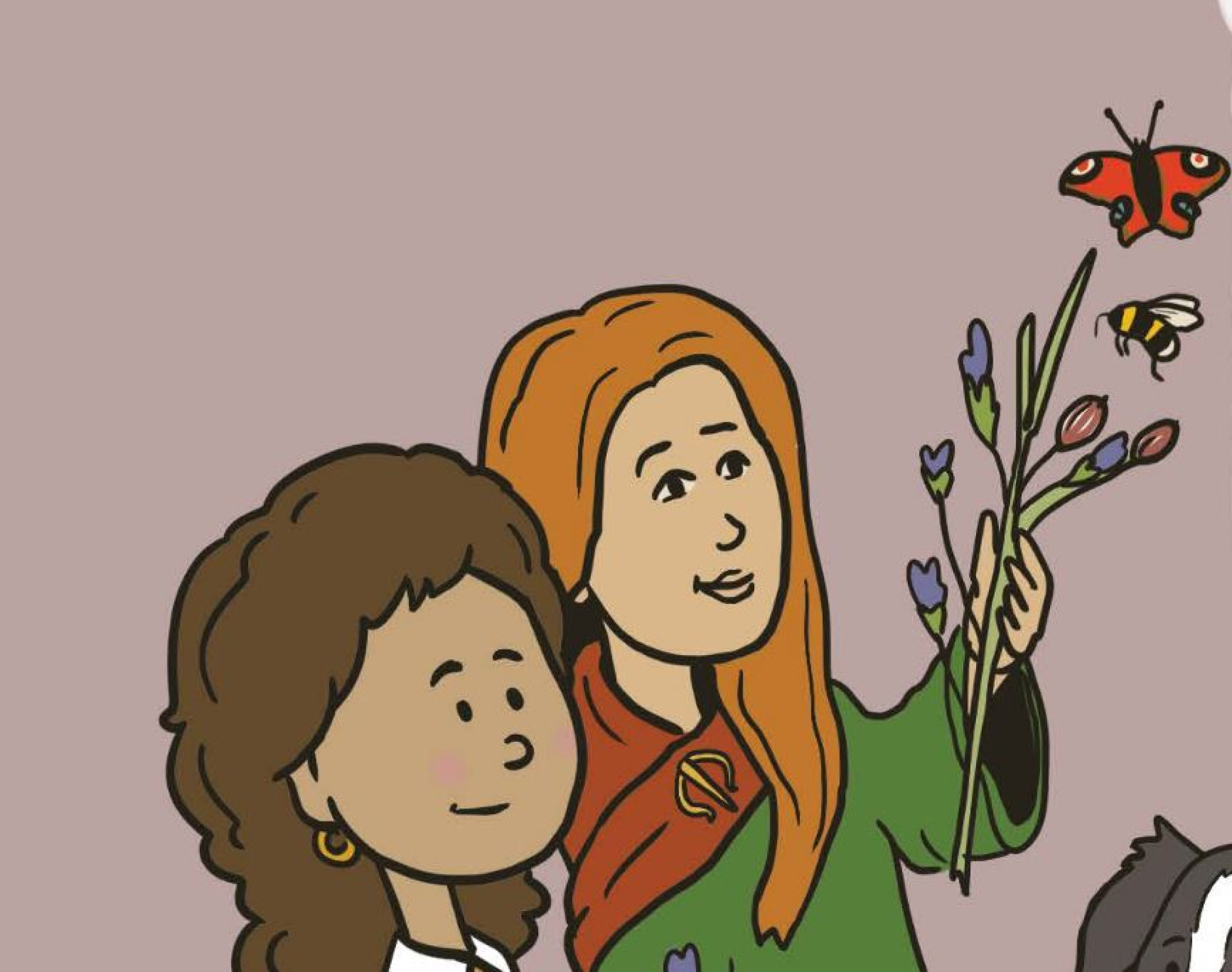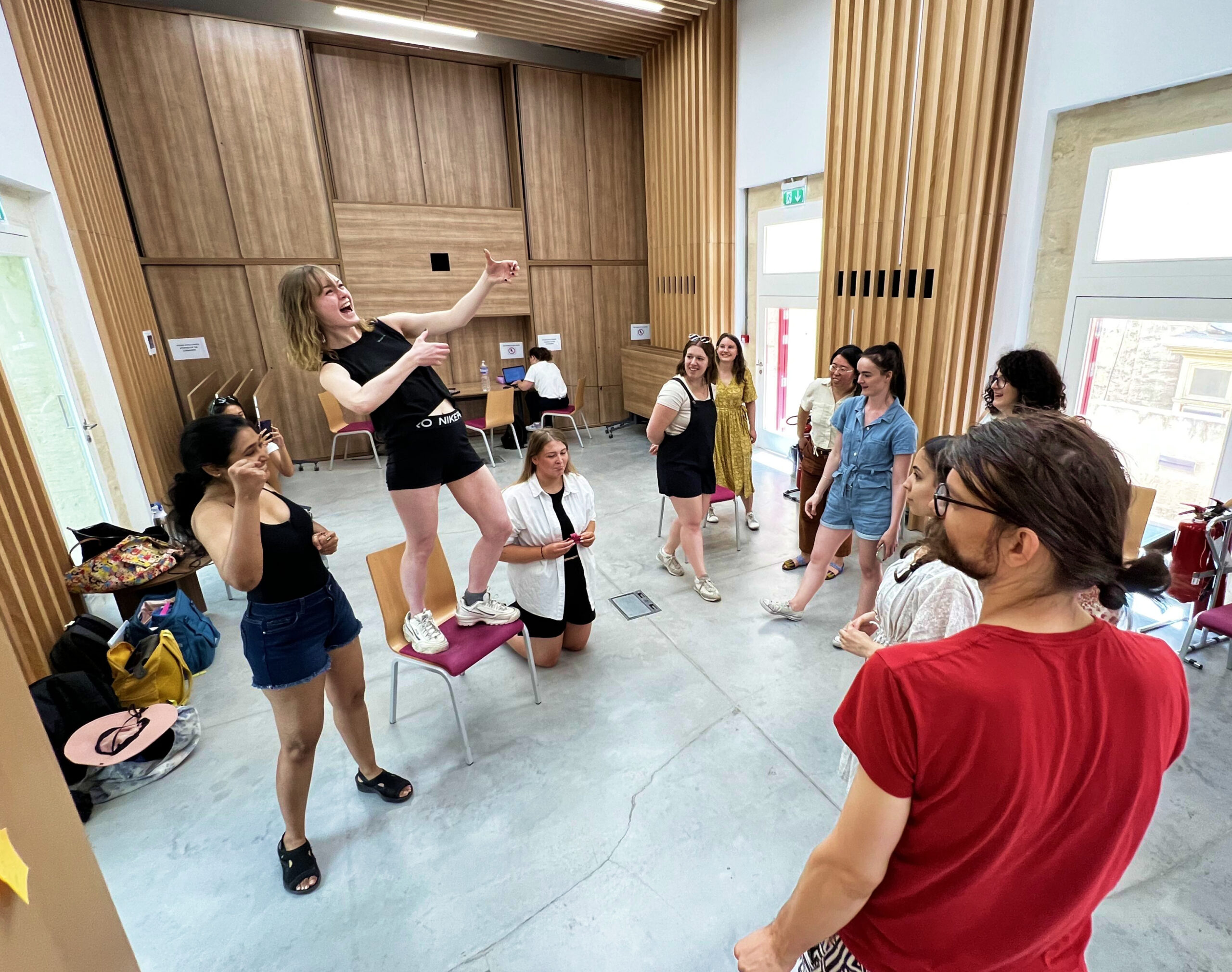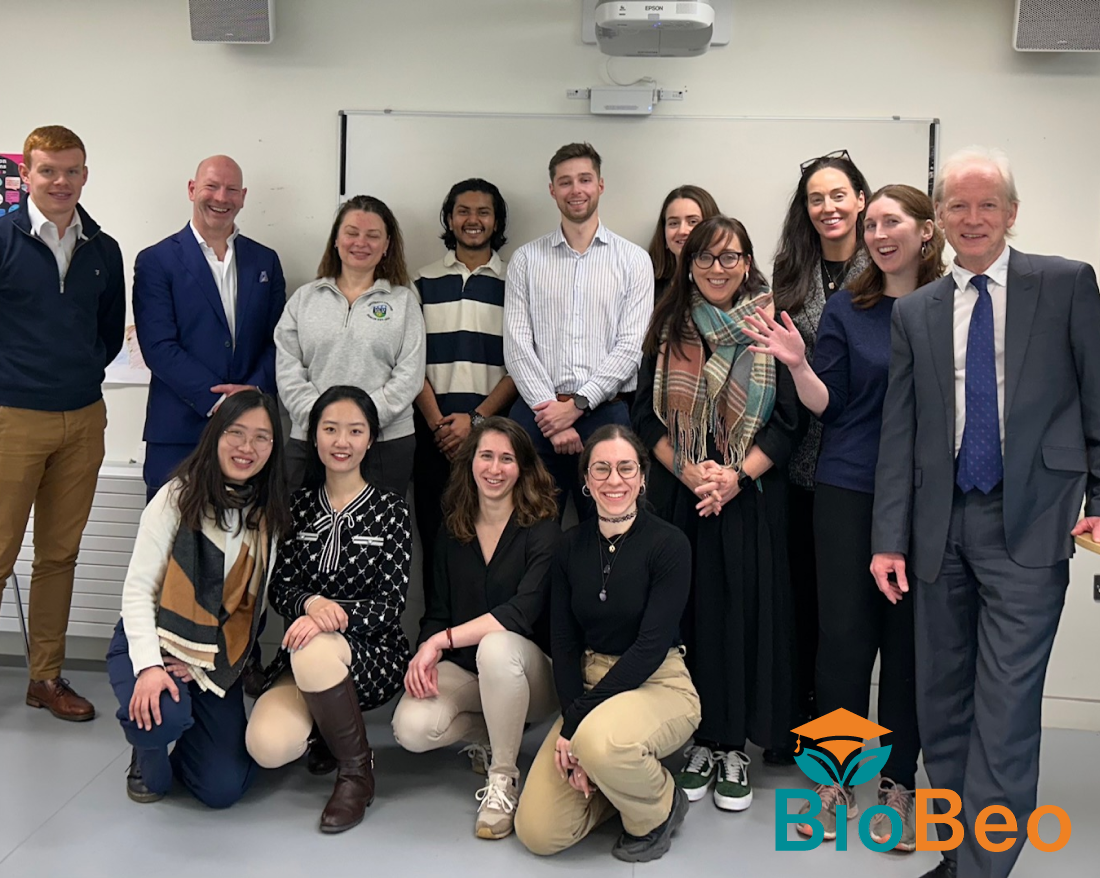
‘Bee’ for Bioeconomy
With #WorldBeeDay2024 taking place on May 20th this year, and the release of the May edition of the BioBeo Buzz, the BioBeo Project invited a postgraduate student Eoin Ó Móráin to contribute a bumbling piece on the brilliance of bees and where they sit in a bioeconomy landscape today. We hope you enjoy it, and don’t forget to subscribe to the BioBeo Buzz for the latest in the world of #Bioeconomy and #EnvironmentalSustainability
‘Bee’ for Bioeconomy
The bee was regarded as a blessed and wise animal for its life-giving honey and useful beeswax, and respected for its industry and organisation. It was associated in mythology with goddesses representing abundance and the fertility of the land.
(Mac Coitir, 2010:178)
Bees are an intrinsic part of the native Irish experience, so much so that MacCoitir gives them their own chapter in his 2010 work on Ireland’s animals in mythology, legends, and folklore. Believed to have arrived in Ireland in the fifth century, they appear in early Irish sagas such as The Destruction of Da Derga’s Hostel and An Táin Bó Cuailnge, as well as in Fionn Mac Cumhaill’s poem in praise of Spring (Chaomhánach, 1999; Mac Coitir, 2010). Bee, or beach, appears in various place names throughout Ireland, such as Cluain Beach (Beefield in Co. Galway), Corr na mBeach (Cornamagh in Co. Westmeath) and Cúil na mBeach (Coolnamagh in Co. Cork). If they were considered important enough in early Ireland to be mentioned in the Annals of Ulster (an historical text containing a myriad of information from Viking invasions to kings and kingdoms) and for the Brehon Laws (an ancient legal system in Ireland) to have their own text on the specific laws around beekeeping (Kelly, 1997:108), they are as important, if not more so, today. Bees and other pollinators are key players in the bioeconomy, with the European Commission reporting that 80% of wildflowers and crops depend on them, and that they directly contribute between €5-15 billion to EU agriculture. In a world where the number of insect pollinators has been in steady decline – Hallman et al (2017) reported a 75% decline in the number of flying insects in Germany’s protected nature reserves over the last thirty years – the critical role of bees in the food loop, biodiversity, and the bioeconomy should be taught in any curriculum that truly values sustainability.
The historical, cultural, and ecological significance of bees would be justification enough in my eyes for their choice as an integrated teaching theme for any age. Luckily, bees also provide any number of teaching possibilities, directly linked to virtually every curricular area. Whilst the links between bees and science appear fairly straightforward, it has recently been discovered that they can also do maths, with Frontiers reporting that bees can “learn to order quantities, perform simple addition and subtraction, match symbols with quantities, relate size and number concepts” (Gorey, 2022), and differentiate between odd and even quantities (Howard et al, 2022). They are the living embodiment of a maths and science early years curricula, capable of serving as both an inspiration for, and a stimulus to, learning. Here, in Ireland, they provide a direct link to our native language and our history (the ancient beehive huts on Sceilg Mhichíl are known throughout the world, not only by Star Wars fans), and geography, music, art, drama and outdoor learning can all be explored meaningfully through the study of bees.
A thematic approach to integrated teaching can help to create meaningful and holistic learning experiences (Dooley, 2019) and “connect children’s interests and concerns with local and global issues” (Murphy et al, 2023:8). This idea of connection is nothing new. In the 19th century, German educational theorist Friedrich Froebel spoke of the unity and interconnectedness of things when he said:
It is all a unity; everything is based on unity, strives towards and comes back to unity.
(Froebel in Lilley 1967:45)
Founded on the principles of unity, connectedness, relationships, and respect (Tovey, 2020), his approach can be used to justify the use of nature and the environment as themes to stimulate integrated learning in general but also, through a contemporary lens, this approach can be applied to teaching children about the concept of a bioeconomy. At a time when screen-time is ever increasing, opportunities for direct experiences with nature are to be sought out wherever possible. BioBeo’s aim of establishing fundamental connections between young people and their biological life worlds, as the basis for future development of the bioeconomy and the circular processes within it, depends on these opportunities. As Froebel said, the child should experience nature ‘in all its aspects – form, energy, substance, sound and colour’ (Froebel in Lilley 1967:148).
Eoin Ó Móráin
Postgraduate Student, The Froebel Department of Primary and Early Childhood Education, Maynooth University, Kildare, Ireland.
Title Image: Brigit and Beo featured in the recent ‘Back to the future with Beo and Raja – A Tale from the Early Bioeconomy. Click here for more.
Reference List:
Chaomhánach, E. (1999) The Bee, Its Keeper and Produce in Irish and Other Folk Traditions. PaGes: Arts Postgraduate Research in Progress, 6, 1-12. Available at: https://ia.eferrit.com/ea/64d0dea0a812115d.pdf (Accessed: 13 March 2024).
Dooley, T. (2019) Learning and Teaching Primary Mathematics: An addendum to NCCA research reports 17 and 18. Dublin: National Council for Curriculum & Assessment. Available at: https://ncca.ie/media/4087/primary_maths_research_addendum_2019.pdf (Accessed: 20 March 2024).
Gorey, C. (2022) How bees prove to be skilled mathematicians and 3 other amazing science stories you may have missed [online]. Available at: https://www.frontiersin.org/news/2022/05/05/bees-skilled-maths-methane-clean-energy-potential/#:~:text=Previous%20studies%20have%20shown%20honeybees,relate%20size%20and%20number%20concepts. (Accessed: 13 March 2022).
Hallmann, C.A., Sorg, M., Jongejans, E., Siepel, H., Hofland, N., Schwan, H., Stenmans, W., Müller, A., Sumser, H., Hörren, T. and Goulson, D. (2017) More than 75 percent decline over 27 years in total flying insect biomass in protected areas. PloS one, 12(10), p.e0185809. Available at: https://doi.org/10.1371/journal.pone.0185809 (Accessed: 14 May 2024).
Howard, S. R., Greentree, J., Avarguès-Weber, A., Garcia, J. E., Greentree, A. D., & Dyer, A. G. (2022) Numerosity categorization by parity in an insect and simple neural network. Frontiers in Ecology and Evolution, 10, 805385. Available at: https://www.frontiersin.org/articles/10.3389/fevo.2022.805385/pdf?isPublishedV2=False (Accessed: 13 March 2022).
Kelly, F. (1997) Early Irish farming: a study based mainly on the law-texts of the 7th and 8th centuries AD, School of Celtic Studies, Dublin Institute for Advanced Studies, Dublin.
Lilley, I. (1967) Friedrich Froebel: A Selection from his Writings. Cambridge: Cambridge University Press
Mac Coitir, N. (2010) Ireland’s animals: myths, legends and folklore, Collins, Cork.
Murphy, C., Venkat, H., Leahy, M., Broderick, N., Kelly, O., Butler, D., Harbison, L., Lawlor, C. and Naughton, Y. (2023) STEM Education curriculum & literature overview and primary science Education systematic literature review. Available at: https://doras.dcu.ie/29064/1/stem-education_curriculum-literature-overview-and-primary-science-education_systematic-literature-review.pdf (Accessed: 20 March 2024).
Tovey, H. (2020) Froebel’s principles and practice today. [pamphlet]. London: Froebel Trust. Available at: https://www.froebel.org.uk/uploads/documents/FT-Froebels-principles-and-practice-today.pdf (Accessed: 20 March 2024).



